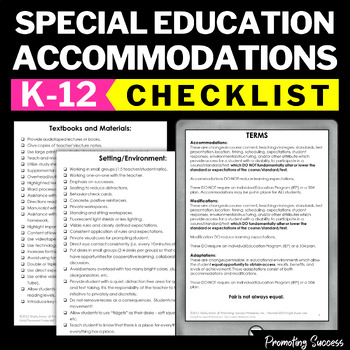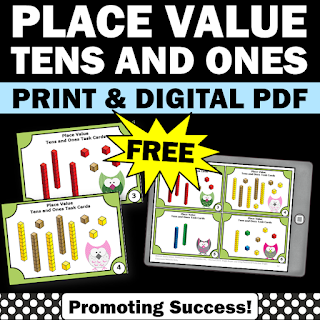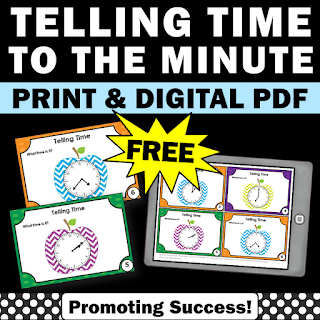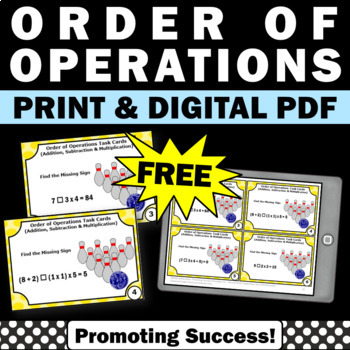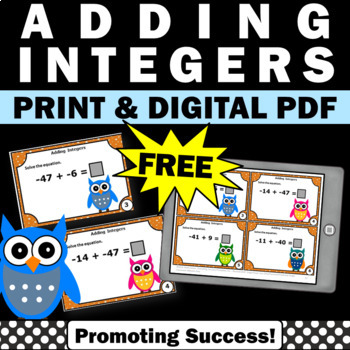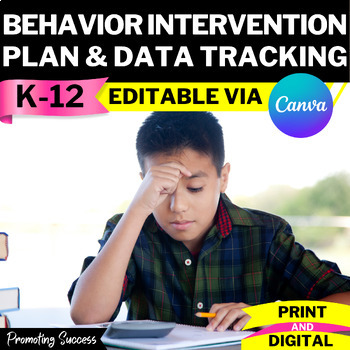Meeting the Needs of All Students: Strategies and Accommodations
Understanding ADHD
Attention-Deficit/Hyperactivity Disorder (ADHD) is a neurobiological condition that affects millions of children in the United States. According to the CDC, approximately 6 million children aged 3–17 have been diagnosed with ADHD, based on data from 2016-2019. Here’s a quick breakdown:
- Ages 3–5 years: 265,000 (2%)
- Ages 6–11 years: 2.4 million (10%)
- Ages 12–17 years: 3.3 million (13%)
ADHD often manifests through inattention, impulsivity, and hyperactivity, which can make traditional classroom settings challenging for these students. Boys are more likely to be diagnosed than girls (13% vs. 6%), and there are differences in diagnosis rates among racial and ethnic groups as well.
Why Differentiation Matters
Every student is unique, and a one-size-fits-all approach simply doesn’t work. Differentiation is key to creating a successful classroom environment where all students can learn to their fullest potential. This means tailoring your teaching strategies and accommodations to meet individual needs, whether a student has a formal diagnosis or not.
Key Steps for Implementing Accommodations
When implementing accommodations, it's important to approach them systematically to ensure their effectiveness. Here are some key steps:
Select 1-2 Accommodations at a Time
Start with a small number of accommodations to avoid overwhelming the student and to clearly see the impact of each.Teach the Accommodation
Explicitly teach the student how to use the accommodation. Demonstrate it, practice it with them, and ensure they understand how it helps.Set Target Goals
Determine specific goals that will help you measure the success of the accommodation. This might include improved focus, better task completion rates, or reduced disruptive behavior.Collect Data Over Time
Monitor the student’s progress over several weeks. Remember, sometimes behavior can worsen before it improves as students adjust to new strategies.Evaluate Progress
Review the collected data to evaluate if the accommodation is helping the student meet their goals.Make Team Decisions
Collaborate with other educators, specialists, and the student's family to decide whether to keep, modify, or change the accommodations based on the data.
20 Effective Accommodations for Increasing Time on Task
Here are some practical accommodations that can benefit all students, particularly those with ADHD, special education needs, or ESL learners:
Written and Posted Daily Schedules and Assignments
Helps students anticipate what's coming next and prepare for transitions.Advance Notice for Schedule Changes
Giving at least one day’s notice when possible reduces anxiety related to unexpected changes.Consistent Schedules
Regular routines help students feel more secure and understand classroom expectations.Movement Breaks
Allow time for movement during classroom activities to help students stay focused and reduce restlessness.Visual Instructions
Supplement verbal directions with visual aids like pictures or demonstrations to reinforce understanding.Chunk Assignments
Break down tasks or tests into smaller sections with breaks in between, paired with positive feedback.Private Signals or Cues
Develop a discreet signal to remind students to stay on task without drawing attention to them in front of peers.Examine Expectations
Regularly review and compare expectations for students with ADHD to ensure they align with those for other students of the same age.Hands-On Learning Opportunities
Incorporate hands-on activities to engage students actively in their learning.Flexible Seating Options
Allow students to stand or use different seating options, like a yoga balance disc, to maintain focus.Transition Signals
Use signals such as a bell or a timer to clearly mark transitions between activities, helping students adjust smoothly.Color-Coding Techniques
Use colored pens or paper to highlight important information, making it easier for students to focus on key points.Control Background Noise
Be aware of environmental distractions like noisy heaters or air conditioning units and minimize them as much as possible.Alternative Response Methods
Instead of calling on students one at a time, use methods like “think-pair-share” or having students write or draw their responses.Mindful Seating Arrangements
Avoid always placing students with attention difficulties near the teacher, as it may increase anxiety and distractibility.Read Aloud Test Questions
Reading test questions aloud, even for students with strong reading skills, can help them stay focused.Provide Lecture Outlines
Give students outlines of the lecture to help them follow along and stay engaged.Allow Headphones
Let students use headphones to listen to music or white noise to drown out distractions if it helps them concentrate better.Pre-Transition Cues
Provide a brief cue a minute or two before a transition to prepare students for a change in activities.Use of Fidgets
Allow students to use small fidget tools to help them focus without distracting others.
Final Thoughts
Creating an inclusive classroom isn’t just about meeting legal requirements; it’s about building an environment where every student feels valued and supported. By thoughtfully implementing these accommodations and strategies, you can help all your students reach their highest potential.
For a comprehensive checklist of over 175 accommodations, click here to explore this resource.
P.S. Looking for an Easy Way to Implement These Accommodations? Try Task Cards!
If you’re searching for a versatile resource to help implement many of these accommodations, task cards might be just what you need! While task cards weren't as popular when I was teaching, I can now see how effective they can be for creating an engaging and inclusive classroom. Let’s explore how task cards can align with some of the accommodations we’ve discussed:
How to Ensure Accommodations with Task Cards
#1: Allowing Time for Movement During Classroom "Seat" Time
Task cards are perfect for getting students up and moving! You could play a game of Scatter, where half of the students receive question cards and the other half get answer cards. Students mingle around the room, trying to find the partner with their correct answer, which also encourages content-rich discussions.
Another fun activity is Floor Tic Tac Toe. When a student answers a task card correctly, they get to toss a bean bag onto a game board taped on the floor.
To play Scoot, hang the task cards along a wall or place one on each desk. Students move to the next card at their own pace or when a designated sound or motion cues them. This keeps everyone engaged and active!
#2: Chunk Assignments or Questions
Task cards make it easy to adjust the number of problems or questions a student needs to complete, which is perfect for chunking assignments. If some students only need to answer five carefully selected problems to demonstrate understanding, while others may need 30, task cards allow for this differentiation seamlessly.
#3: Provide Opportunities for Hands-On Learning
Pair task cards with manipulatives for a hands-on learning experience. Use money manipulatives, fraction pieces, clocks, number lines, and more to make the learning process interactive and tangible.
#4: Allow Students to Stand While Listening or Working
Task cards naturally encourage movement and allow students to stand and move around the classroom. This flexibility can help keep students focused and reduce restlessness.
#5: Use Transition Activities
Task cards work wonderfully for transitions. When one card is completed, students know to move on to the next one. This natural progression helps maintain focus and keeps students on task.
#6: Color is Effective in Getting Attention
Most task cards are printed in vibrant colors, which can capture students' attention more effectively. While printing in color can be more expensive, laminating the cards allows you to use them year after year. You can even use colorful dry-erase markers for students to write directly on laminated cards, adding another layer of engagement.
For more creative ideas on how to use task cards in your classroom, click here to explore this resource!
Task cards are a versatile tool that can support a wide range of accommodations, making them a great addition to any teacher’s toolkit. Give them a try, and see how they can enhance your classroom!


